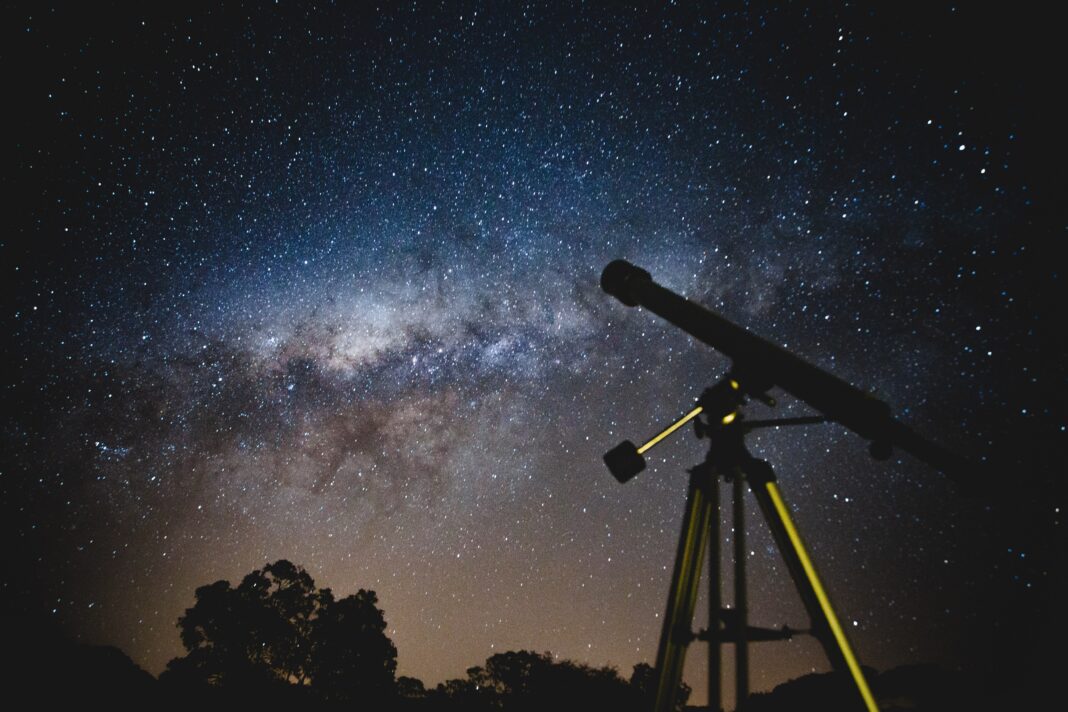Your comments when we bump into one another in various places are so nice to hear. I DO enjoy sharing starry night information with others and have been known to stop folks in parking lots to ask them if they know that “point of light” is whichever planet it happens to be. I also carry a couple of meteorites in my purse to share. You just never know whose interest will be piqued and begin an interest in astronomy or physics.
The South Texas Astronomical Society is striving to do this also in a variety of ways with regular activities at both the libraries in Brownsville, at the Farmers’ Market on Saturdays, hikes at a variety of public events, plus online articles and images of space and astronomy-related topics. There is something for your family to experience and these are free.
Friday the moon will be lost in the glare of the sun, which we call the “new moon” today. Keep watching in the west right after sunset to glimpse the most slender, faintest new moon. Serious amateur sky watchers like to have bragging rights about having seen the earliest new moon. Perhaps you may be one of those sharp-eyed observers this week.
Remember Leo? Just below Leo is a seldom mentioned constellation, hard to locate due to not-very-dark-skies, Hydra, the water serpent. Hydra’s head is a trapezoid of five faint stars that resemble a kite leading a long rippling kite’s tail back towards the east and downwards toward the southern horizon below the blue-white star Spica in the constellation Virgo. Atop the back of Hydra are two other constellations almost identical in shape, Crater and Corvus; Crater is the cup and Corvus is a crow. The brightest star in Hydra is Alphard and it is not bright. Unless your viewing site is dark and dust/cloud-free it will probably not be visible. I tend to write about what can be seen from neighborhoods in the column, which limits information somewhat.
Slightly above Leo is a string of four stars, all about the same magnitude, that mark Leo Minor and to the left of that is a pair of stars known as Canis Venatici. This group of stars represents the two hunting dogs that are used by Boötes to keep the two bears in their proper path. Below that group is a trio of stars that make an obtuse angle for a constellation known as Coma Berenices or Berenices Hair. None of them are bright nor will they be easy to spot.
Our spring equinox we just marked this past Sunday is the reason we have a moveable Easter celebration. The sun crossing the equator at a specific point and the lunar phases determine when this ancient celebration occurs. The formal Christian celebration coincides with the Jewish celebrations related to Passover, which occurs on April 15 this year, and coincides with the “full moon.” Many of our cultural traditions began in the ancient days when the calendar was the phases of the moon and the changing of the seasons. Flowers in bloom, new animal babies being born, chicks hatching, all make us connect them with Easter. As we have more hours of sunlight we have new growth, a warming of our hemisphere and a cooling of the southern one and time marches on.
Learning how the changes occur can be an entertaining way to spend time. And referencing time, may I recommend another book? Dava Sobel’s book Longitude has been absolutely … check it for yourself and pick an adjective.
Until next week, KLU.





